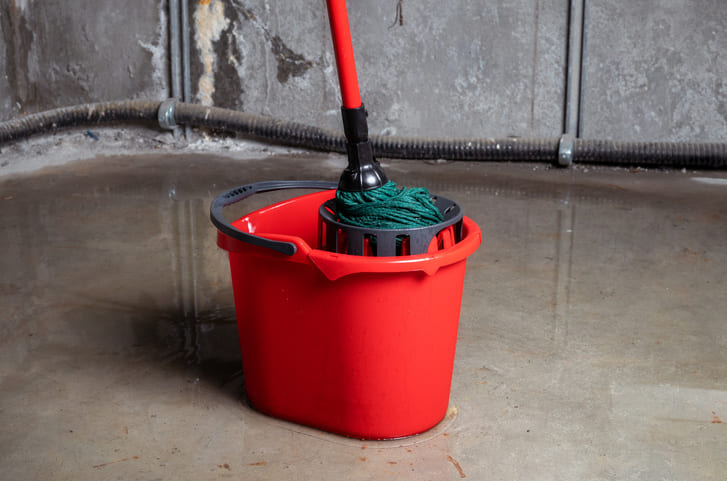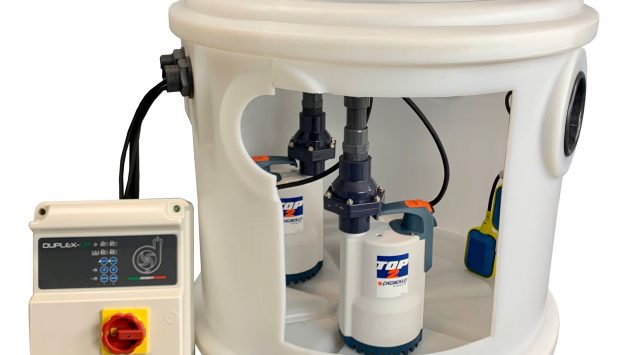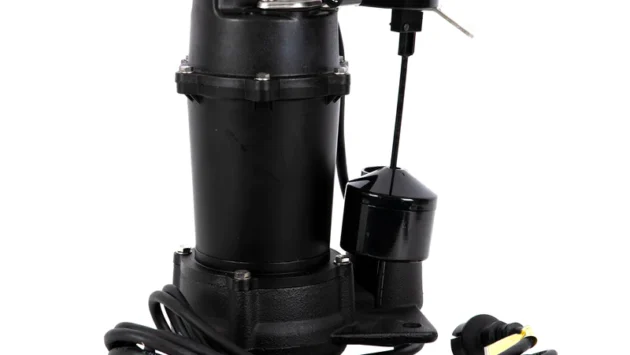How To Prevent Water In Your Basement
Water getting into your basement can cause a plethora of problems and damages, including mould, damp and ruined basement walls and floors, and damaged belongings. If you’re noticing water getting into your basement and you know the cause is not a leaking pipe but an outside source like rainwater, an effective basement waterproofing system can help prevent further damage.
Below, we’ve listed the top waterproofing improvements you can make to keep your basement dry.
Improve or add exterior drainage
If you’ve noticed the issue is caused by water pooling near the house’s foundations, this should be where you start. Firstly, check your guttering. Make sure there is no build-up and that water can drain freely to prevent overflow when it rains.
Your guttering might be working properly, but the downspout might be too close to the house, causing water to pool. A simple solution to fix this would be to add downspout extensions so that you can force the water to drain away from the house. While you do this, it’s also important to check that the earth around the foundation slopes away and not towards it.
Repair foundation damages
Cracks in the foundations or walls can cause water to enter the basement. You should ask a foundation repair expert to inspect any foundation cracks, as they can determine if this is the cause of your basement’s flooding. If this is the case, all you may need to do is repair your foundation to prevent water from getting in.
Check and repair roof damage
Similar to the foundation of the house, you should check the roof for damage, too. Again, seek the opinion of a specialist to see if this is where the water is getting into your basement. Fixing the roof could be a simple solution.
Install or replace basement windows
If your basement is old, the windows might be, too. These could need a simple replacement to keep them from letting in water. You might also want to consider adding window well covers as an extra precaution.
Making sure that you clean your window wells can prevent them from clogging with leaves and debris. Just like a clogged drainpipe, if the window wells are blocked up, this can cause an overflow and result in water getting into the basement.
Improve or add interior drainage
Adding or improving your interior drainage system can prevent water buildup and standing water on your basement floor. One of the best interior drainage systems is a sump pump. Installing a sump pump can help with small, occasional leaks in the basement as well as larger, unexpected ones like from a sudden rain storm.
A sump pump is installed in the lowest part of your basement, where the water will collect the most. Once the water reaches a certain level in your basement, the sump pup will drain the water out through a designated drainage pipe. This will prevent water buildup on your basement floor and further damage.
For more information on basement sump pumps, take a look at our blog “What is a basement or cellar sump pump and how does it work?”.
How Sumps And Pumps can help
If you’ve tried exterior improvements to your house and you’re still finding you’re having basement water problems, it might be time for a sump pump. Here at Sump And Pumps, we’re a trusted supplier of high-quality pumping stations, packaged pump systems, sewage systems, sump pumps, high-level alarms and control panels. Whatever you need from your sump pump – we can deliver! We also have a huge range of waterproofing solutions and accessories if a sump pump is not what you’re looking for.
Contact us today with any questions you may have or take a look at our range of products to help you decide what you need.



